The advent of advanced hygiene technology has opened the door to a more efficient, environmentally friendly, and comfortable approach to personal hygiene in the bathroom. One such innovation is the bidet with a built-in dryer function. This feature combines a water rinse with warm air to thoroughly clean and dry after using the toilet, offering an alternative to traditional toilet paper. But does this mean we can finally say goodbye to toilet paper? In this article, we’ll explore the pros and cons of bidets with dryers, the environmental impact, hygiene factors, and whether we’re truly ready for a paperless bathroom experience.
The Rise of the Modern Bidet
The concept of the bidet dates back to 17th-century France, initially as a standalone fixture resembling a small sink or basin. Its purpose was primarily for post-toilet cleaning, using water for a more thorough cleanse than what toilet paper alone could offer. Over time, bidets evolved in various cultures, and in countries like Japan, they have become a standard bathroom feature. The modern version of the bidet includes electronic features such as adjustable water pressure, temperature control, and, most recently, a built-in dryer that completes the cleaning process with a gentle stream of warm air.
Today, high-tech bidets have found their way into many homes in Europe, Asia, and increasingly in North America. Their rise in popularity can be attributed to an emphasis on personal comfort, improved hygiene standards, and a growing consciousness about environmental sustainability.
How Does a Bidet with a Dryer Work?
The functionality of a bidet with a dryer is simple yet effective. After using the toilet, a user activates the bidet feature, which releases a controlled jet of water to cleanse the area. This water stream can typically be adjusted in pressure and temperature to suit personal preference. Afterward, the integrated dryer emits a stream of warm air that dries the area without the need for paper. The drying process is gentle and adjustable, taking around 30 seconds to a minute for most models to fully dry.

These bidets are typically operated with a remote control or a panel on the side, allowing the user to customize their experience. In some models, additional features like deodorizing sprays, seat warming, and even LED night lighting make the experience more luxurious.
Hygiene and Health Benefits of Bidets with Dryers
One of the most significant benefits of a bidet with a dryer is improved hygiene. When using toilet paper alone, it’s difficult to achieve the same thorough level of cleaning. A water rinse, on the other hand, is more effective at removing bacteria and reducing skin irritation. Furthermore, the use of a dryer eliminates any residual moisture, which can contribute to fungal or bacterial growth if left unaddressed.

For people with certain health conditions, such as hemorrhoids or limited mobility, bidets with dryers are particularly beneficial. The gentle stream of water reduces the need for wiping, which can be painful or challenging for those with sensitive skin. In addition, those with limited mobility find the hands-free nature of a bidet with a dryer to be more comfortable and convenient, reducing the physical effort needed for personal hygiene.
Environmental Impact: Bidet with Dryer vs. Toilet Paper
One of the major arguments in favor of bidets with dryers is their positive environmental impact. Toilet paper production is resource-intensive, consuming a substantial amount of water, energy, and trees. According to recent studies, the production of toilet paper contributes significantly to deforestation and water pollution. An estimated 270,000 trees are flushed or dumped in landfills every day as toilet paper and paper towels alone.
A bidet with a dryer, on the other hand, relies primarily on water and a small amount of electricity to operate. While water usage is involved, the environmental footprint of using a bidet is significantly less than that of producing and disposing of toilet paper. Additionally, in areas with water scarcity, many modern bidet systems are designed to use minimal water, and the integrated dryer function further reduces the need for paper waste. This makes bidets an attractive option for eco-conscious consumers looking to reduce their environmental impact.

Cost and Convenience Considerations
While the bidet with a dryer offers numerous benefits, there are factors to consider, including installation and upfront costs. High-tech bidet seats with dryers can range from a few hundred to over a thousand dollars, depending on features and brand. For those on a tight budget, this might be a significant investment compared to the ongoing but relatively low cost of toilet paper.
Installation is another consideration, as many bidet models require an electrical outlet nearby, which not all bathrooms are equipped with. However, once installed, the savings on toilet paper expenses can add up over time, potentially offsetting the initial costs.
In terms of convenience, some users find it takes a little longer to use a bidet with a dryer compared to simply wiping with toilet paper. Drying time can vary, and some users may find themselves reaching for a small amount of toilet paper to speed up the process. This might be an adjustment for new users who are accustomed to the quicker routine of toilet paper use.
Are We Ready to Go Paperless?
For those ready to embrace the benefits of advanced bathroom technology, bidets with dryers offer a compelling case for reducing or eliminating toilet paper use. Not only do they promote better hygiene and comfort, but they also offer significant environmental benefits. However, transitioning to a paperless bathroom experience may take time as individuals weigh the costs, convenience, and required adjustments in their bathroom habits.
Cultural acceptance also plays a role, particularly in countries where bidets are less common and toilet paper has been the standard for generations. Yet, as more people become aware of the environmental impact of toilet paper and the advantages of bidet technology, a shift may occur. Increased availability of affordable bidet options could further drive this change, making the technology accessible to a wider audience.
The question of whether we still need toilet paper in an age of bidets with dryers is nuanced. For those who prioritize hygiene, comfort, and sustainability, a bidet with a dryer may be an excellent alternative that can reduce, if not entirely eliminate, the need for toilet paper. While there may still be scenarios where toilet paper is preferred or required, the bidet-dryer combination presents a modern and eco-friendly solution that’s both practical and luxurious. As more households consider their options, the bidet with a dryer may become a key feature of the sustainable bathroom of the future.

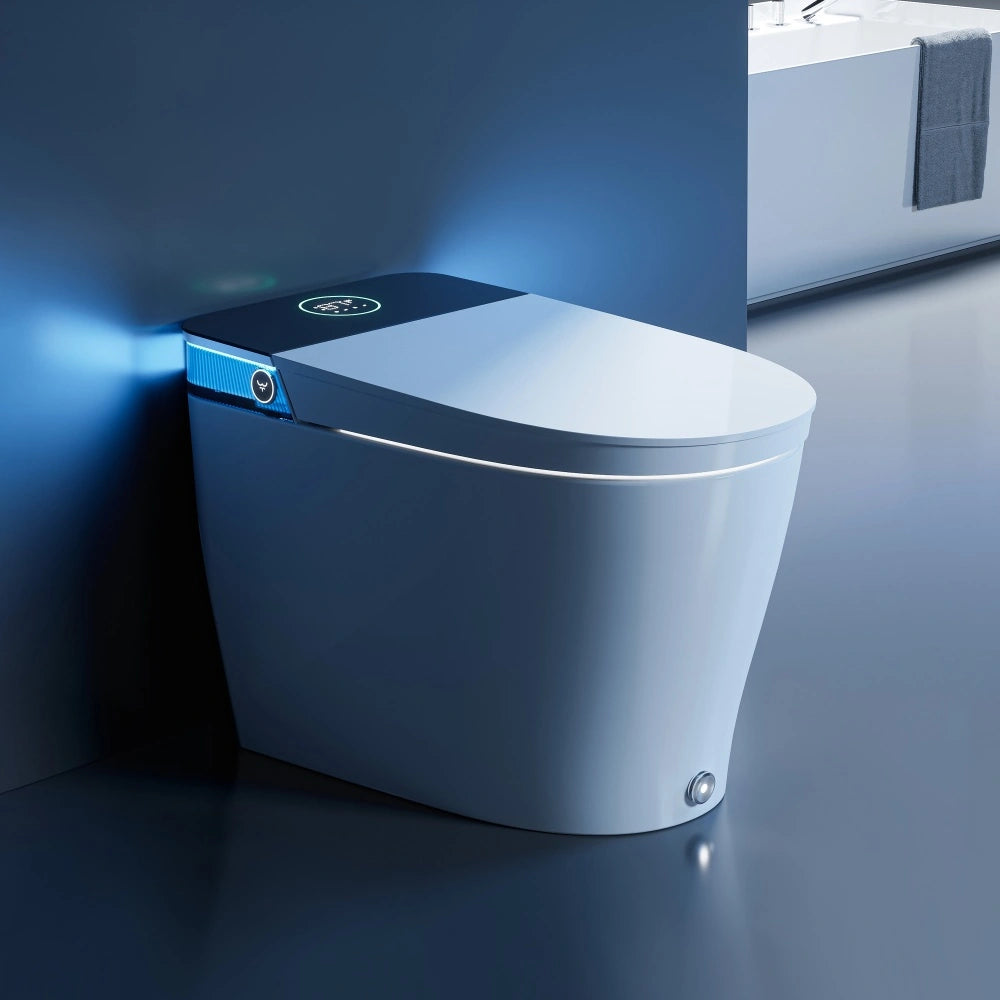
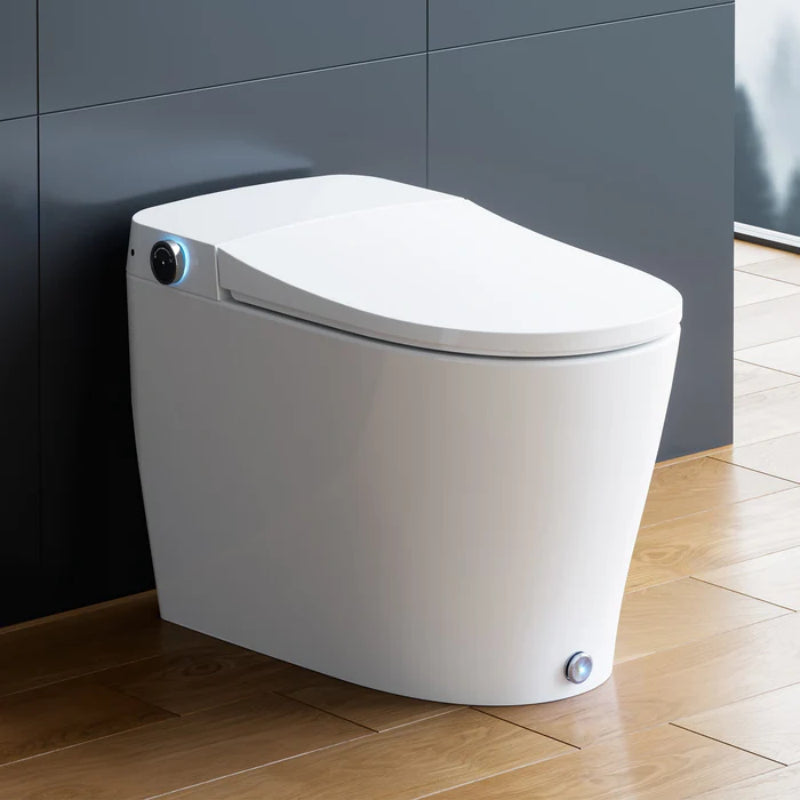
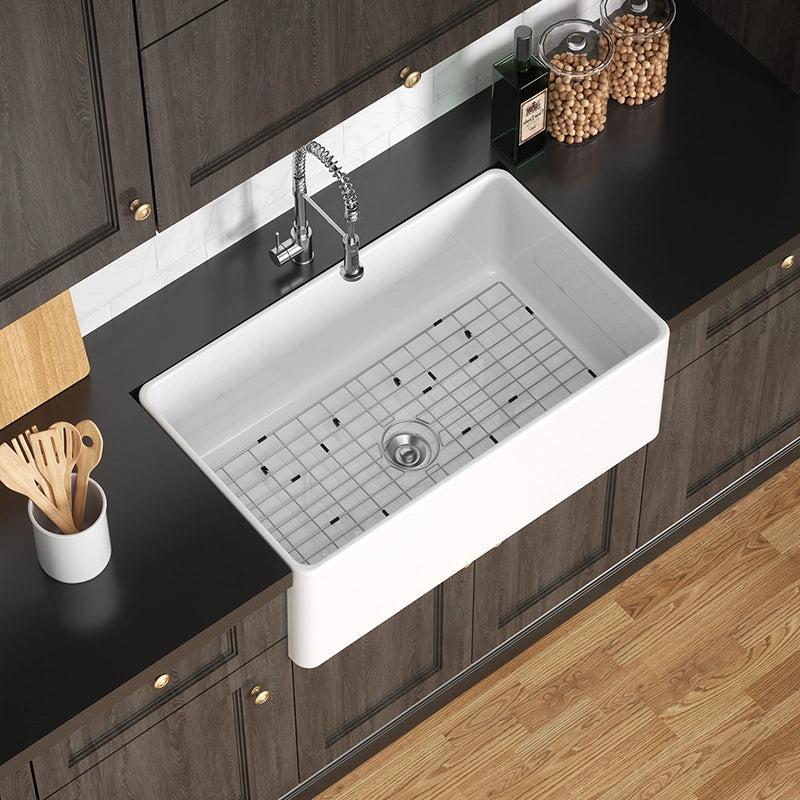
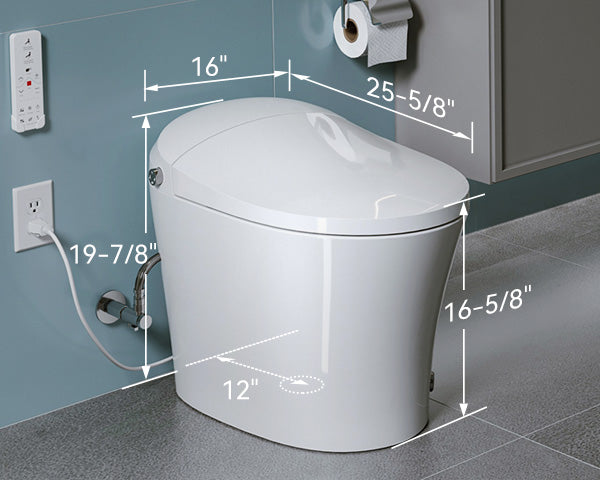
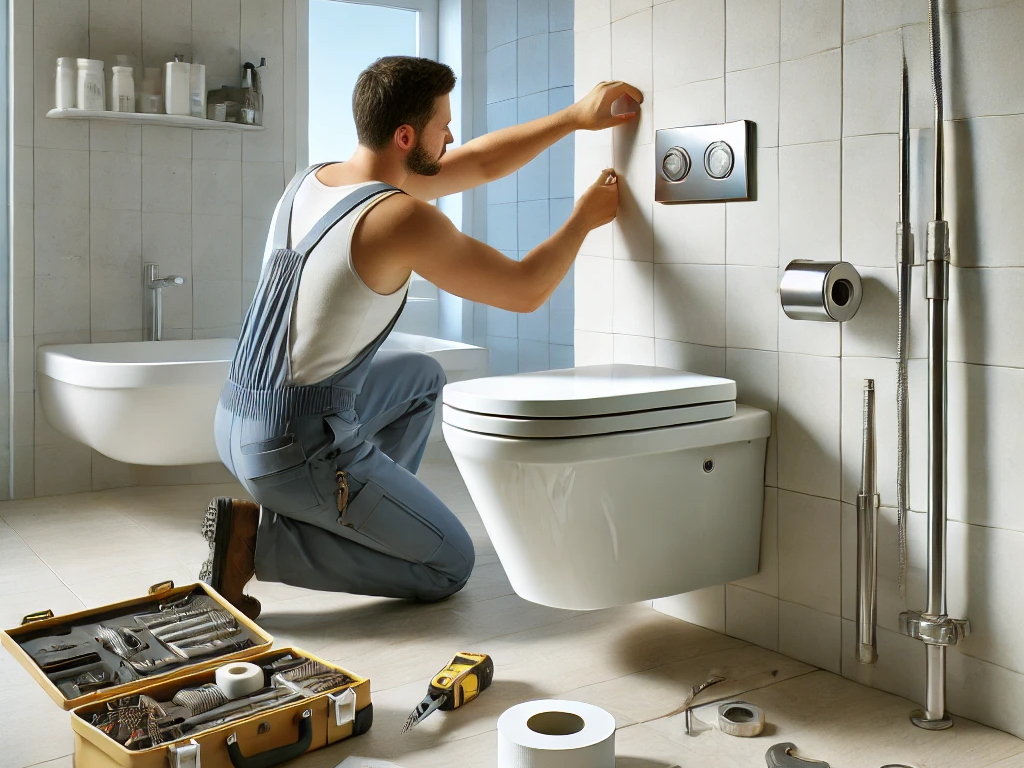
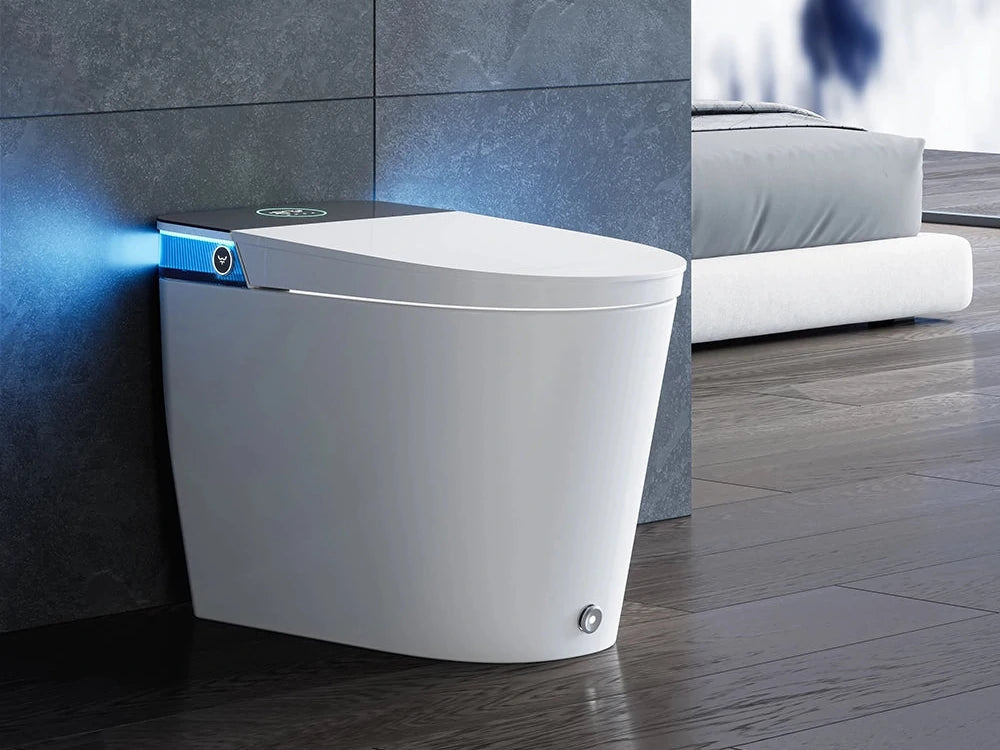

Leave a comment
This site is protected by hCaptcha and the hCaptcha Privacy Policy and Terms of Service apply.